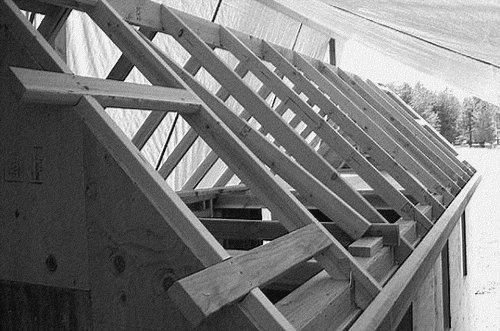Building A Gable End Truss
building a gable end truss
A gable end truss sitting directly over an external wall with no large openings is considered non-structural. it will generally have vertical webs only and no diagonals. this is similar in principle to gable end walls that are considered non-loadbearing in accordance with clause 8.5.1.1(b) of nzs 3604:2011 timber-framed buildings.. need to be specific engineering design. An important point is that this type of a roof is diverse and there is no necessity to conduct building according to a certain standard draft. when planning how to build a gable roof you should know that there are several types of gable roofs: with different slopes, with wide gable-end and overhang construction.. To assist the building designer in determining the bracing requirements to transfer lateral loads from the gable end frame into the roof and/or ceiling diaphragm, many truss designers provide standard design tables and details based on typical design assumptions used by building designers.(figure 12).building a gable end truss How to match an existing gable roof & the truss design. another way would be to pull off some siding at the top of the wall, on the gable end, right where you are going to be starting the addition. if the ceiling of the new addition can be lowered an inch or 2, this gives us room to build a truss to match on the roof top.. Sheet gable end trusses remove the screws holding the truss rafters to the floor, flip it over and put it back in place aligned with the simulated to plate. lay the first piece of siding on the truss assembly and allow 2 inches of overhang below the bottom of the simulated top plate..

